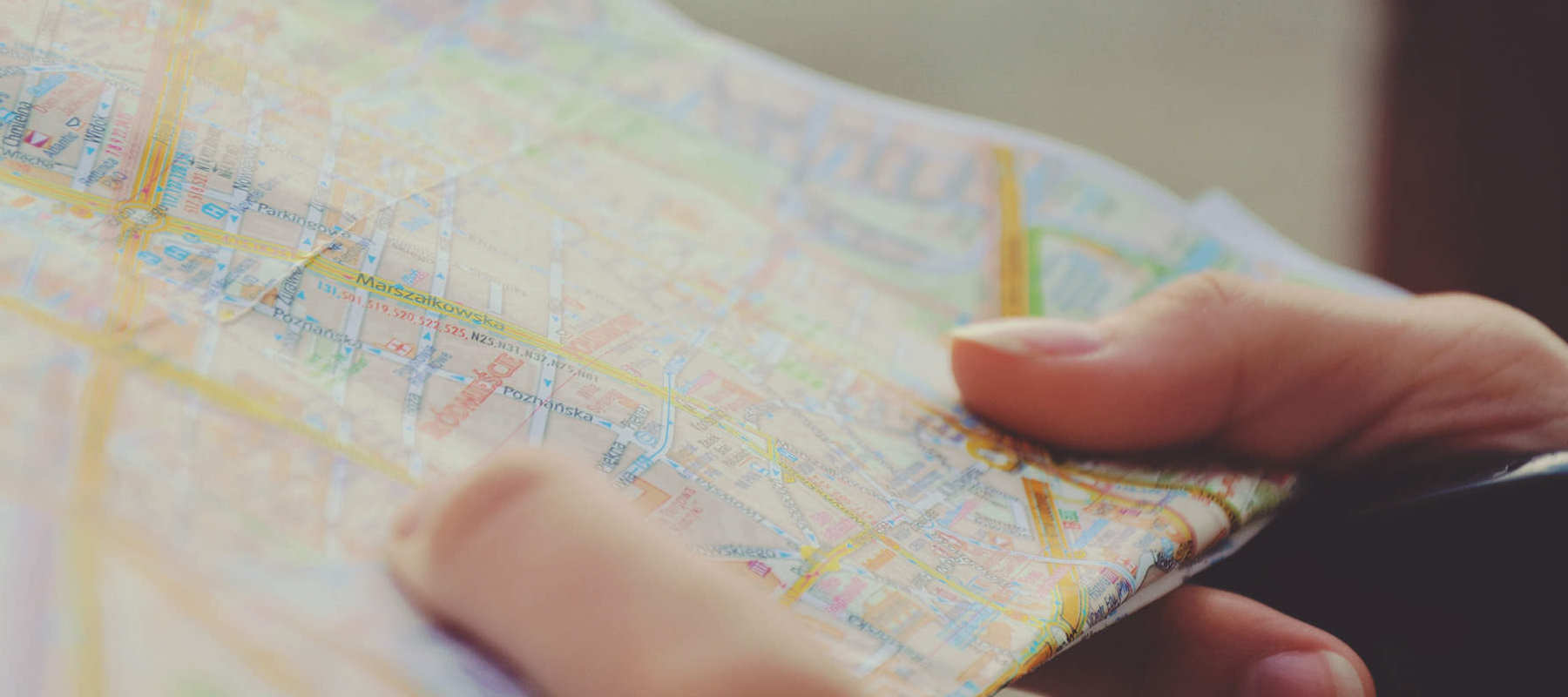
Call 0330 880 3600 Calls may be monitored or recorded. Opening Times.
- TRAVEL INSURANCE
- COVID-19 ENHANCED COVER
- More Options
- Help & Advice
- Existing Customers

Call 0330 880 3600 Calls may be monitored or recorded. Opening Times.

Need help?
UK Customer Services0330 880 3600*
Open Monday to Friday 9:00am to 6pm, Saturday 8:30am to 4pm and closed Sundays.
*Calls are recorded for training and quality purposes.

Official name: Cayman Islands (British Overseas Territory)
Capital city: George Town
Official language: English
Population: Around 88,000
Currency: Cayman Islands dollar (KYD)
Time zone: GMT-5
Driving side: Left
Climate: Tropical - hot and humid with a wet season from June to November (including hurricane risk) and a drier, slightly cooler season from December to April
The Cayman Islands are a small group of Caribbean islands famous for their pristine beaches, clear waters, and coral reefs. Made up of Grand Cayman, Cayman Brac, and Little Cayman, the territory combines tropical beauty with modern infrastructure and a thriving financial services industry. Visitors are drawn to the islands for world-class diving and snorkelling, luxury resorts, and a laid-back Caribbean lifestyle, while residents enjoy one of the region’s highest standards of living.
Located in the western Caribbean Sea, the Cayman Islands have no land borders and sit roughly south of Cuba and northwest of Jamaica. The terrain is low-lying, with the highest point being The Bluff on Cayman Brac at around 46 metres above sea level. Grand Cayman is the largest and most developed island, while Cayman Brac is known for its rugged cliffs and Little Cayman for its remote tranquillity. The territory lies in the hurricane belt, with storms a regular risk during the summer and autumn months, and it also experiences occasional seismic activity.
Most visitors arrive at Owen Roberts International Airport on Grand Cayman, with smaller airports serving Cayman Brac and Little Cayman. Internal flights and ferries connect the islands, though services are more limited outside Grand Cayman. Roads are generally good, and driving is on the left. The islands are a popular destination for water-based activities, particularly scuba diving, snorkelling, and sailing, with Stingray City and Seven Mile Beach among the most famous attractions. Tourism is highly developed, and facilities are modern, but visitors should be aware that travel can be disrupted during hurricane season.
British nationals and many other travellers can enter the Cayman Islands without a visa for stays of up to six months. Passports must be valid for the duration of stay, and immigration authorities may request proof of funds or onward travel. Longer stays for work or residency require permits arranged in advance. The UK maintains a representative office in George Town to support British travellers, while the Cayman Islands Government Office in London provides consular and immigration information.
The official currency is the Cayman Islands dollar (KYD), which is pegged to the US dollar, and US dollars are also widely accepted. Credit and debit cards are commonly used across hotels, restaurants, and shops, and ATMs are available in towns and tourist areas. The Cayman Islands are considered an expensive destination, with high living costs due to imports and a focus on luxury tourism. Tipping is customary in restaurants and service industries, with 15% typically added to bills.
Medical facilities on Grand Cayman are of a good standard, though care on Cayman Brac and Little Cayman is more limited. For serious conditions, air evacuation may be required, so comprehensive travel insurance is essential. No vaccinations are required for entry unless arriving from a yellow fever risk country, but travellers should ensure they are up to date with routine immunisations. Mosquito-borne diseases such as dengue can occur, especially during the rainy season, so insect repellent and protective clothing are advisable. Sunburn, dehydration, and marine hazards such as jellyfish or sharp coral are additional concerns for visitors.